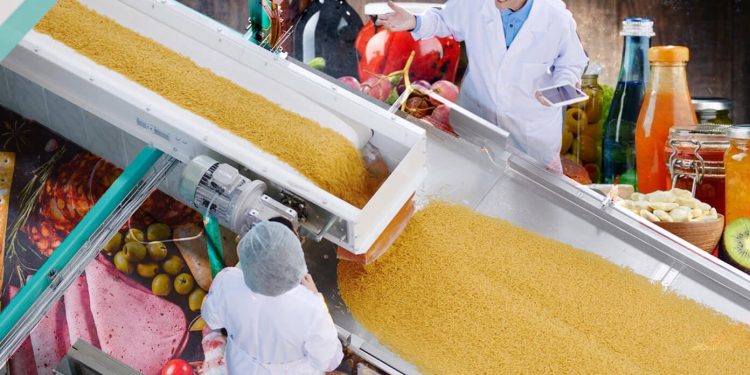The food and beverages industry is quite complex. Whether you’re in the fresh foods, prepared foods, packaged foods, or beverages business, many current trends pose enormous challenges for the industry as we step into 2022. This article details the most critical challenges the F&B sector needs to address this year.
Labor Shortage
As of October 2021, more than 130,000 consumer packaged goods industry jobs in the US were unfulfilled. Besides long-standing factors, such as low wage growth, a short supply of skilled workers, and immigration issues, the latest vaccine mandates for workers could hurt the food and beverage industry’s bid to attract talent.
More investments in automation and other technologies
Due to labor shortages, several top industry players have accelerated their implementation of the technology. Several F&B companies are focused on beefing up their automation capabilities to fulfill the gaps. The small businesses in this sector will have to ramp up their automation efforts in order to be competitive in this industry.
High Transportation Costs
There is a sizeable gap between demand and delivery of containers and trucking capacity across the US, causing substantial supply chain disruptions. The shortage of truck drivers is another factor contributing to woes. Around 80,000 drivers are currently needed to fulfill the growing demand. To respond to these challenges, some F&B companies are taking the services of third-party transportation companies and expanding their in-house fleets of trucks, which is driving up their transportation expenses. Considering these factors, we can say that transportation costs and shortages will weigh heavily on the minds of food and beverage industry executives.
Managing waste and pollution
Devising a sustainability strategy is crucial for food and beverage companies to remain competitive into the future and improve their reputation. This sector is the most susceptible to climate change and is already experiencing disruptions because of it. Therefore, the issues listed below need to be resolved:
- The F&B sector is responsible for about a third of the total greenhouse gas emissions. To make matters worse, most companies operating in this segment have no Scope 3 emission reduction targets. As the laws become stricter and consumers more environmentally conscious, maintaining the resiliency of the food systems and addressing emissions will be a significant concern for the industry.
- This sector is very energy- and water-intensive. Finding ways to improve resource use will be critical.
- The excess consumption and improper disposal of plastic are some of the critical issues the industry needs to deal with. The F&B companies will have to figure out feasible alternatives to plastic to balance consumer convenience with sustainability. Nestle has already announced its decision to use 100% recyclable packaging material by 2025. Other companies need to follow suit.
Keeping up with changing rules and regulations
The F&B industry is governed by stringent regulations. Organizations such as the OSHA, EPA, FTC, and FDA have been diligent in enforcing norms and ensuring compliance. But the standards are constantly changing to keep up with the changes occurring in the world. Therefore maintaining pace with the continuously evolving reforms will be a big challenge for the industry. Due to the changes, companies often have to recall their products from stores, leading to considerable financial losses. Tyson Foods had to recall more than 190,000 pounds of one of their products after an order from the US Department of Agriculture’s Food Safety and Inspection Service.
Rising health consciousness among customers
Consumers are very conscious of food-related disorders today, and they are more health-conscious than ever. This shift has caused the F&B industry to think of ways to make their products healthier while maintaining the brand’s aesthetics.
Final words
In 2022, the industry’s major players are charting a course ahead with mitigation of possible risks in mind. The challenges listed above are the ones that the industry needs to address this year to function efficiently and securely.







